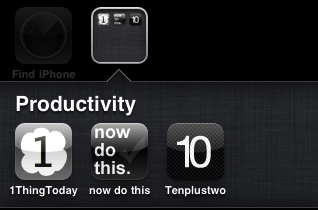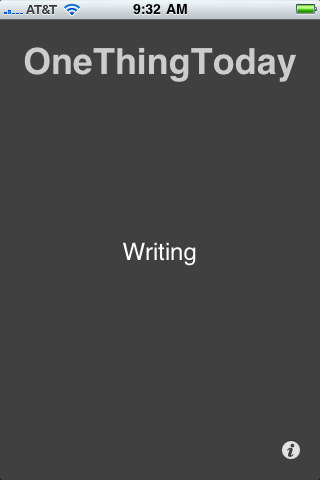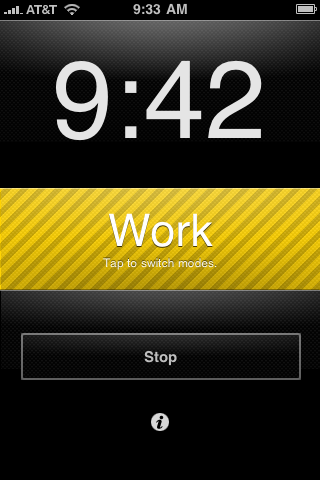Steve Jobs: The Next Insanely Great Thing
Design is not limited to fancy new gadgets. Our family just bought a new washing machine and dryer. We didn’t have a very good one so we spent a little time looking at them. It turns out that the Americans make washers and dryers all wrong. The Europeans make them much better – but they take twice as long to do clothes! It turns out that they wash them with about a quarter as much water and your clothes end up with a lot less detergent on them. Most important, they don’t trash your clothes. They use a lot less soap, a lot less water, but they come out much cleaner, much softer, and they last a lot longer.
We spent some time in our family talking about what’s the trade-off we want to make. We ended up talking a lot about design, but also about the values of our family. Did we care most about getting our wash done in an hour versus an hour and a half? Or did we care most about our clothes feeling really soft and lasting longer? Did we care about using a quarter of the water? We spent about two weeks talking about this every night at the dinner table. We’d get around to that old washer-dryer discussion. And the talk was about design.
We ended up opting for these Miele appliances, made in Germany. They’re too expensive, but that’s just because nobody buys them in this country. They are really wonderfully made and one of the few products we’ve bought over the last few years that we’re all really happy about. These guys really thought the process through. They did such a great job designing these washers and dryers. I got more thrill out of them than I have out of any piece of high tech in years.
I was recently reminded of this 1996 interview with Steve Jobs in Wired Magazine by my friend Scott Jackson. It’s a great interview and an interesting look back from a historical perspective but it was this answer, to the very last question, “Is there anything well designed today that inspires you?”, that struck me. Though I have read this interview and quotes from it many times since first published, this time it got me thinking about some things in a way I had not fleshed out before.
First, why are we all not, as individuals, as families, as a society, putting the same amount of thought and consideration into everything we purchase? What if, before every major purchase, we examined what our real needs were and we had discussions about it around the dinner table with the people we love who would be affected by the decision? What are the advantages, the tradeoffs, the things we care about, and the things we don’t? In the context I set forth here on this site, I am arguing that you should put at least this much thought into a purchase that in many cases will be over a thousand dollars and something you will likely have to live with for two to three years. Why not apply this method to everything else?
Second, can you imagine what the world would be like, or would look like, if we all did this? It would be an entirely different place. Companies that thrive on mediocrity, commoditization, and appealing to the lowest common denominator simply would not be able to thrive and likely not exist. If we all raised our expectations and deepened our considerations then corporations would have to compete on the basis of quality and design and not price (or at least far less so).
Third, if we should all put this much care into what we consume, I would argue (hope) that we should put this much care, if not more, into what we produce.
I’m certainly not a model citizen here but I can tell you that I care a great deal. Sharp eyed readers may have noticed that I make slight edits and wording changes to most of the things I post. Sometimes I do this within minutes of posting them. I also have been known to re-read a post that is weeks old and make slight and subtle changes even though no one will notice but me. Why? Two reasons:
-
I care.
-
I once had a teacher in a creative writing class convince me that, when it comes to art, nothing is ever finished or absolved from the potential to change or improve. If I see something that I made that I think could be improved I do so, no matter the time or audience.



